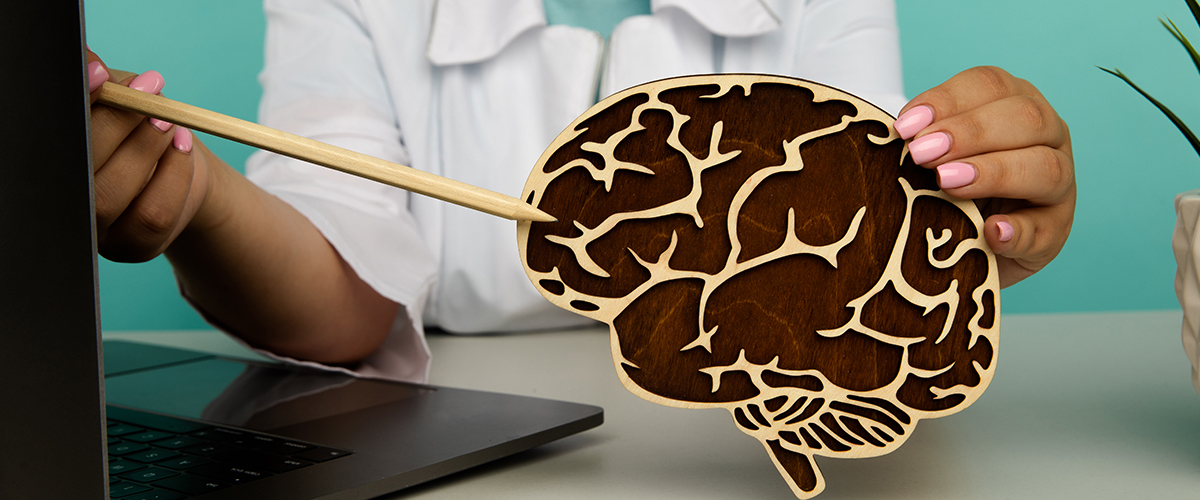
Medicine and Health
Meningitis is an inflammatory disorder affecting the meninges that cover the tissues of the brain. This conditionthreatens the lives of more than 400 million people in Africa.
Theprominent meningitis belt runs across the African continent between Senegal and Ethiopia. This region is also prone to severe epidemics of meningitis, causeddue to infection by meningococci, with a high risk of serious complications and fatality.
Timely diagnosis and prompt medical intervention are the keys to protecting thepatients against serious complications and reducing the risk of mortality.
What is meningitis?
Meningitisrefers to the inflammation of the fluids and membranes called meninges surrounding the brain and spinal cord.The swelling inthe brain causes symptoms like headaches, fever, and stiffness of the neck.
Most cases of meningitis are caused due to viral infections,although bacterial, fungal, and parasitic infections can also be responsible forthe development of this condition.
What are the symptoms of meningitis?
The early signsof meningitis usually mimic those of influenza. The symptoms tend to developslowly over a period of a few hours or even several days. Some common symptoms of meningitis include:
- Suddenhigh fever
- Stiffness of the neck
- Severe unusual headaches
- Nausea and vomiting
- Sleepiness or difficulty waking
- Confusion
- Difficulty in concentrating
- Increased sensitivity to light
- Seizures
What are the risk factors for meningitis?
Age
Viralmeningitis is more common in children younger than 5 years of age whereas bacterial meningitis is more common in young adults under 20 years of age.
Compromised or weak immune system
Conditions like AIDS, diabetes, alcoholism, and the use ofimmunosuppressantscan affect the immune system of patients making them vulnerable to developing meningitis.
Living incrowded places
Personnel living on military bases, collegestudents who live in dormitories, and children staying in boarding schools orchildcare facilities are at a higher risk of meningococcal meningitis.
Diagnosis of meningitis
The diagnosis ofmeningitis can be made based on medical history, physical examination, and blood tests. The signs of infection around the ears, head, throat, and the skin of the back along the spine revealed during physical examination often point to the diagnosis of this condition.
Imaging tests like CT (Computerized tomography) scan and MRI (magneticresonance imaging) scan of the head can also be performed to detect swelling andinflammation in the brain.
A definitivediagnosis of this condition can be based on the spinal tap that involvescollecting the CSF (cerebrospinal fluid) and sending it to a laboratory for testing.
Treatment of meningitis
Patients with meningitisare usually treated with intravenous antibiotics or antiviral drugs depending on the cause of the condition. The treatment may be combined with corticosteroids.
The patients may also be administered symptomatic treatments such as pain medications to relieve body achesand fever, and adequate bed rest.
Meningitis canlead to severe complications, if not treated in a timely manner. We have a team of skilled medical professionals who haveexpertise in the management of meningitis. You can visit our center or contactus to learn more about the various methods for the diagnosis and treatment ofthis condition.
